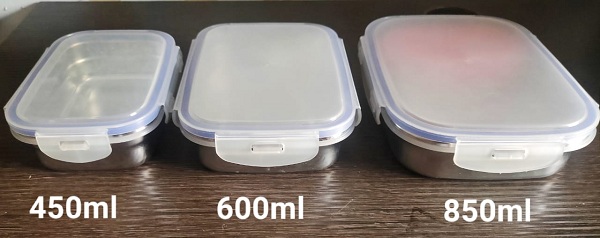|
Around Thanksgiving
of 2002, two scientists from Rutgers University, along with few
others, built a 56 feet wide, one lane bridge in only 11 days. This
bridge on Mullica river in Southern New Jersey is made from plastic
I beams produced by a company called Polywood. Only zinc-coated
steel fasteners and wooden piles, remains from the bridge's wooden
predecessor were used along with the plastic I beams. This bridge
cost about US$ 75,000 compared to US$350,000, the cost of a conventional
wooden bridge. The weight of this new bridge is also much lower
compared to the conventional wooden or metal and concrete bridge.
Thomas J. Nosker and Richard W. Renfree, the Rutgers engineers,
came up with the plastic unexpectedly. They had been experimenting
with two common kinds of plastic: high-density polyethylene (HDPE),
used to make such items as milk containers and detergent bottles;
and polystyrene (PS), commonly used in coat hangers and disposable
eating containers.
Neither material alone is suitable for making bridges. HDPE is
not stiff enough, and polystyrene, while stiffer, is too brittle.
At the time the two researchers were doing their experiments, nothing
suggested that the combination of these two plastics would make
a more promising material. Nosker and Renfree, however, found that
one combination -- 65% HDPE and 35% PS, worked unexpectedly well.
With the help of Washington and Lee University engineer Kenneth
Van Ness, the Rutgers team figured out why. It turned out that the
Polystyrene, when added to a cooling batch of HDPE in the proper
proportion, fills the voids in HDPE's sponge-like structure and
stiffens the material considerably.
Though Nosker and Renfree made this discovery in 1988, their finding
attracted little attention for almost a decade. But they persevered,
and around 1996, they began to zero in on bridge construction as
the most
promising application. In 1999, Nosker and Renfree oversaw construction
of a part-plastic, part-steel bridge in Missouri and, two years
later, of a part-plastic, part-fiberglass bridge in New York.
Although the Rutgers University scientists acknowledge that their
technology is not yet ready for use on heavily traveled spans, such
as those in the interstate highway system, they say plastic has
quickly exceeded their expectations as a bridge-building material.
Most notably, they say, their plastic is already technically and
economically competitive with wood, which is used in more than half
a million bridges in the United States today.
The big question is how well plastic bridges will stand up to years
of traffic, said Myint Lwin, director of the federal Office of Bridge
Technology. "There is no credible, currently available way
to predict 50 to 75 years of structural performance from short-term
material test data. The most reliable method now available to predict
performance over the long term is the straightforward -- and slow
-- method of constructing a bridge made from the material and monitoring
its condition over its service life."
What is very interesting that 1 year of this novel bridge is complete
without any problem. If this experiment succeeds it would open up
a new opportunity to utilize the recycled plastic more effectively.
Previous Article
Next Article
Tell Us What You Want

Unused tiffin, lunch box moulds
| | | |
